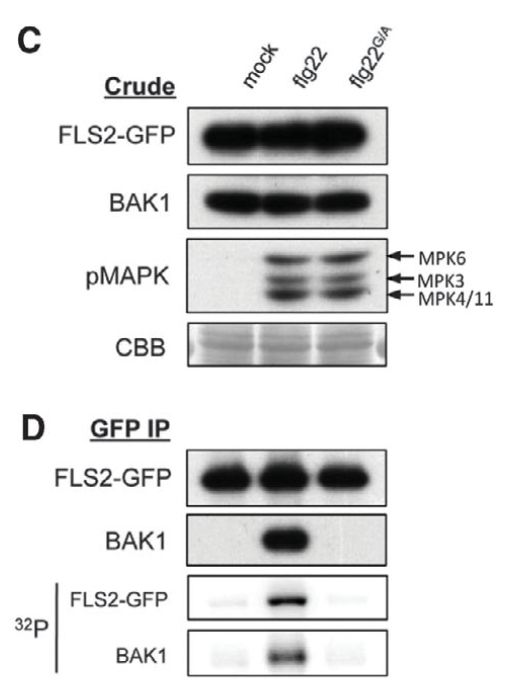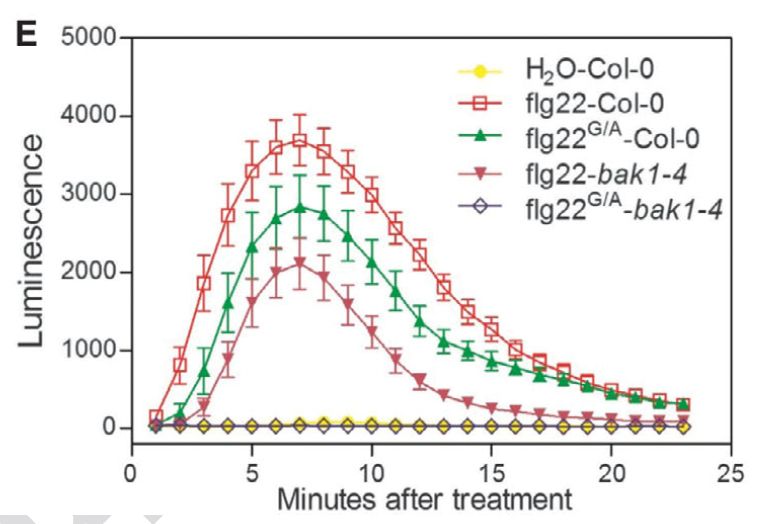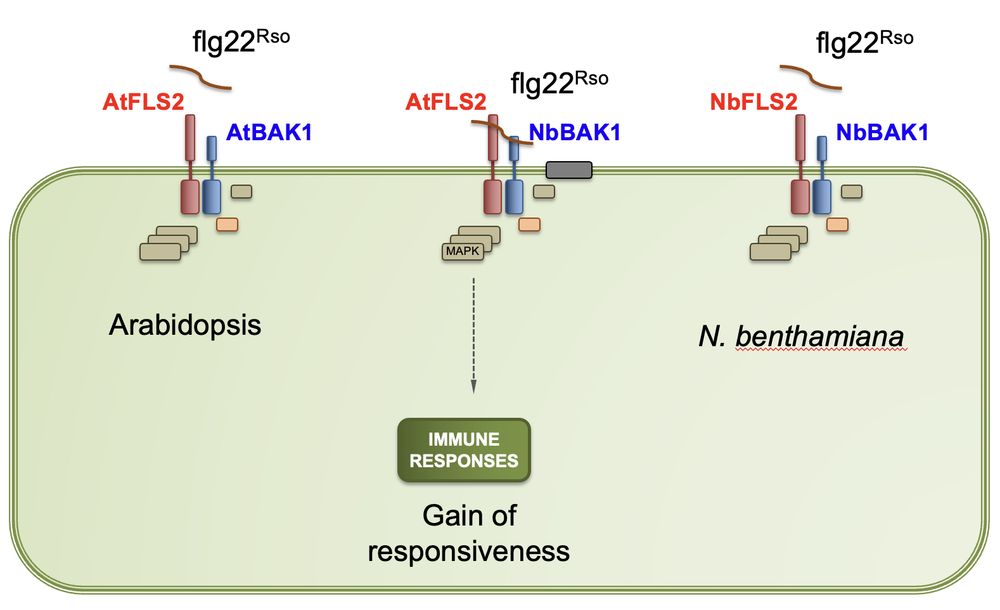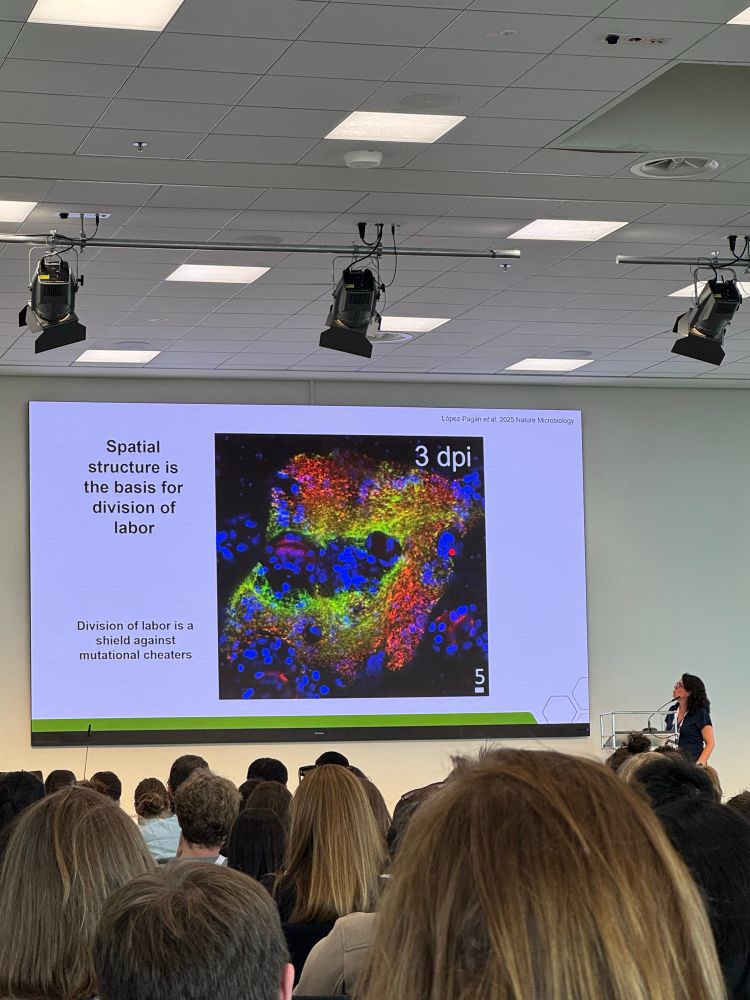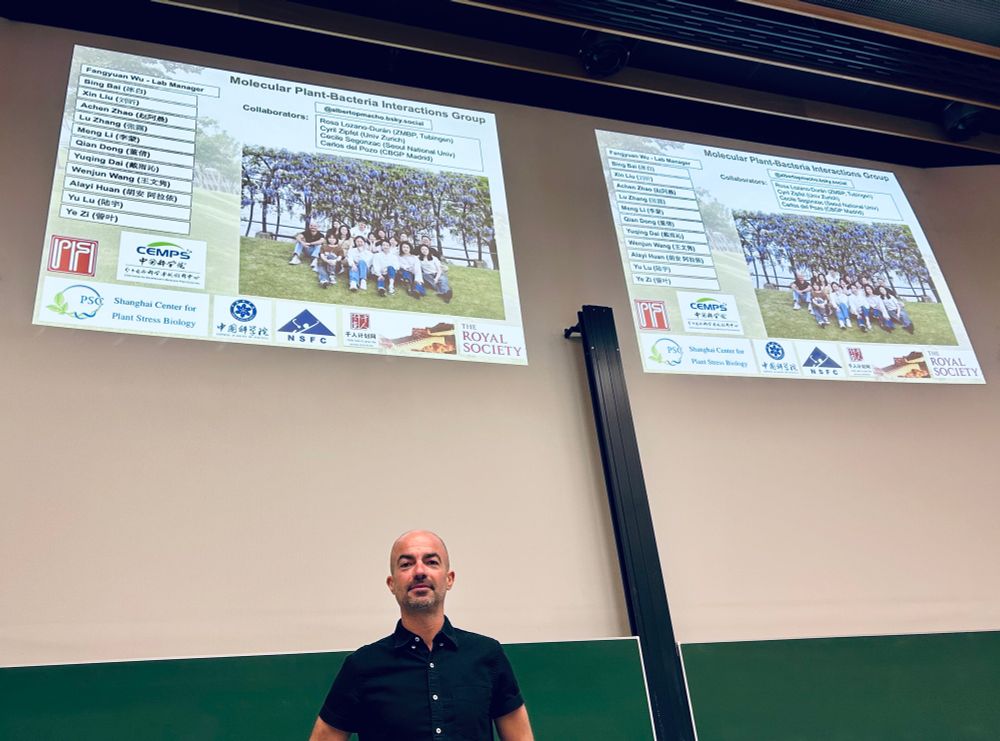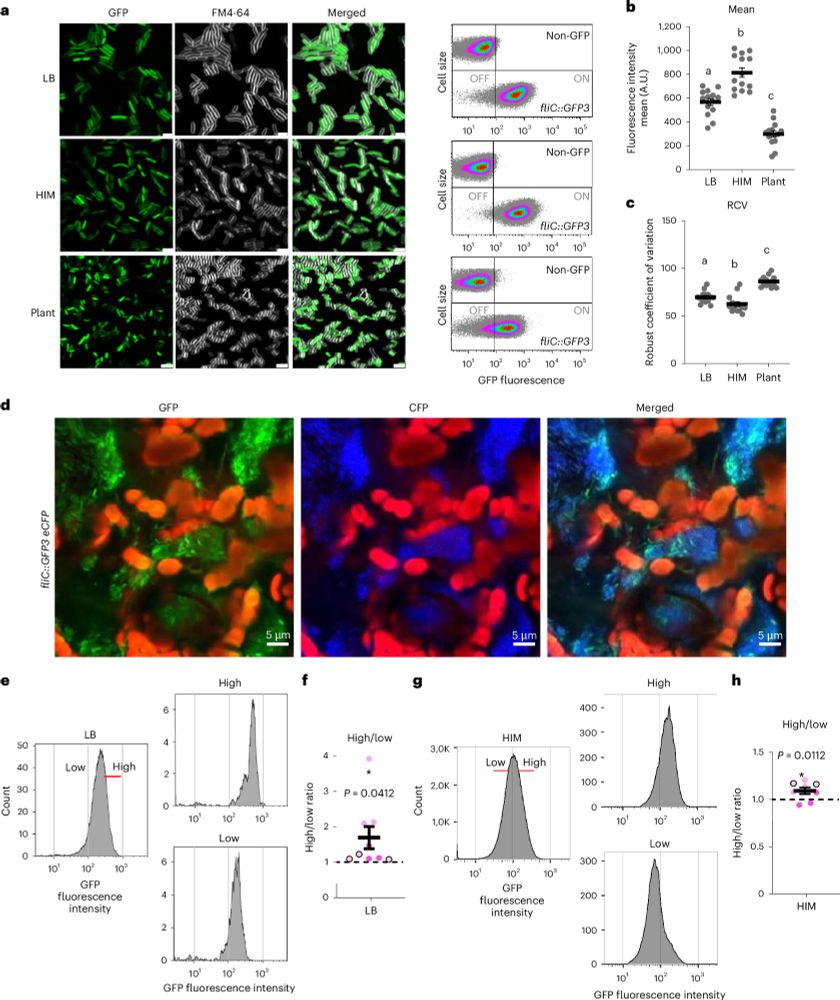Alberto Macho
@albertopmacho.bsky.social
140 followers
130 following
13 posts
Scientist studying Plant-Pathogen Interactions (Molecular Biology - Biochemistry - Genetics). Scuba diving. Hiking. Football. Photography
Posts
Media
Videos
Starter Packs
Reposted by Alberto Macho
Jose Rufián
@jrufian.bsky.social
· Sep 2

The Ralstonia solanacearum effector RipAV targets plant U‐box proteins and induces proteasomal‐dependent degradation of BIK1
Plants have developed a complex immune system to detect and respond to invading pathogens. A critical aspect of this defense relies on regulatory mechanisms that control the activation of immune res...
nph.onlinelibrary.wiley.com
Alberto Macho
@albertopmacho.bsky.social
· Jul 31
Alberto Macho
@albertopmacho.bsky.social
· Jul 26
Alberto Macho
@albertopmacho.bsky.social
· Jul 26
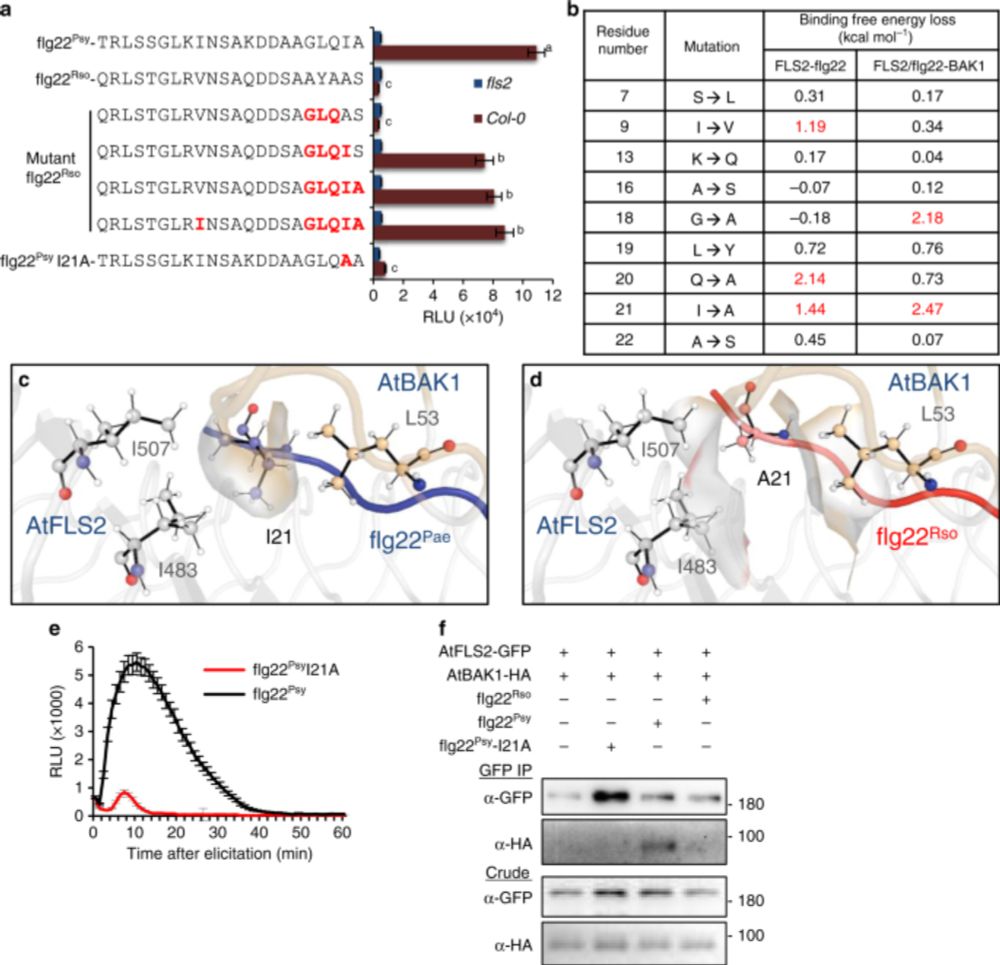
An immune receptor complex evolved in soybean to perceive a polymorphic bacterial flagellin - Nature Communications
Ralstonia solanacearum evades plant immunity by producing an atypical flagellin protein, thus causing bacterial wilt disease. Here, Wei et al. show that soybean has evolved a divergent flagellin recep...
doi.org
Reposted by Alberto Macho
Reposted by Alberto Macho
Tatsuya Nobori
@tatsuyanobori.bsky.social
· Jul 17
Tatsuya Nobori
@tatsuyanobori.bsky.social
· Jun 27
Reposted by Alberto Macho
GeminiTeamLab
@geminiteamlab.bsky.social
· Jul 16

Proteome profiling of plant Cajal bodies uncovers kingdom-specific components
Insight into the molecular composition of cellular microenvironments is essential for understanding their function. Membraneless organelles (MLO), such as the nuclear Cajal body (CB), play fundamental...
www.biorxiv.org
Reposted by Alberto Macho
Reposted by Alberto Macho



